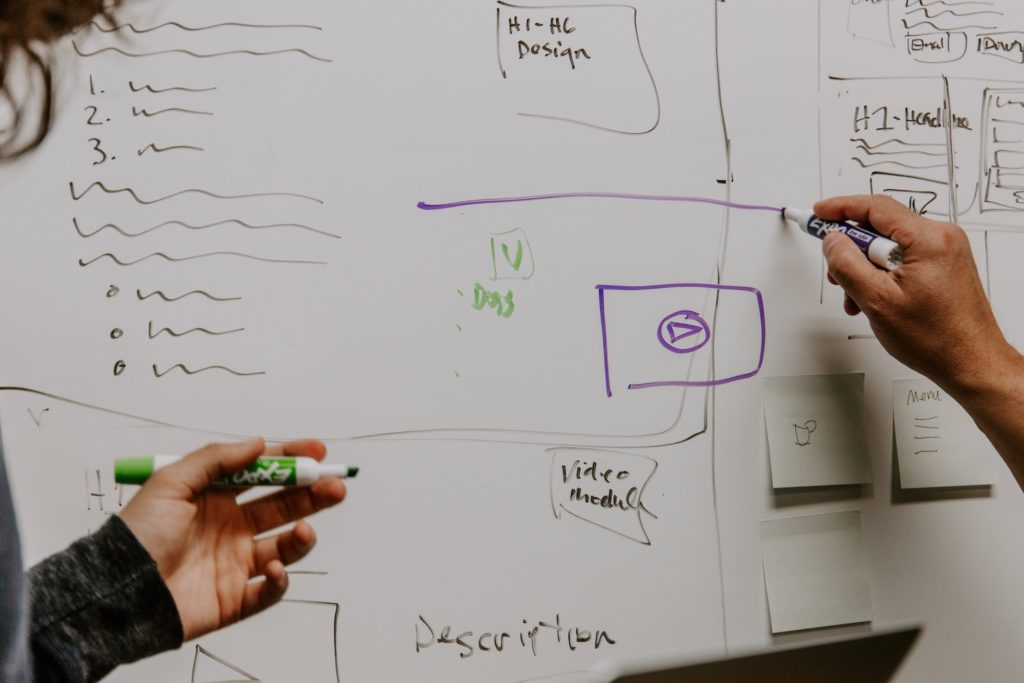
This Is the Difference Between an iOS Developer and Android Developer
Unfortunately, you can’t just build one app and release it on the Apple or Android stores. Both operating systems have similar architectures, but there are some other development and maintenance approaches that are unique to each platform. There are also other factors to consider when it comes to designing your app and marketing it so that users download it.
Even though you’re creating the same functionality for two different platforms, you will need a developer for each one or one capable of building for both platforms. It’s beneficial to know the difference between an iOS developer and Android developer, as they require unique skills and knowledge in order to make your app work properly. Here are the differences you should look out for.
The Main Difference Between An iOS Developer and Android Developer Is Programming Languages
The most obvious difference between developers is their experience in programming languages. iOS developers need to be experienced in Swift for their apps to run on Apple devices. Coding on Swift is very fast as it requires the developer to write less code.
Swift has only been around since 2014 but is growing in popularity. Apple even recognizes it as the official language for iOS devices.
The most common language for Android apps is Java. However, some developers have also begun coding in C++ and Kotlin. Like Apple, Google has a list of official languages that are compatible with Android.
Development For Devices
Despite the code differences, the other consideration for choosing developers is their ability to produce apps for multiple devices. iOS can be a simple solution, as it has a limited number of machines that run the operating system. The specifications for the iPhone, iPod, and iPad are similar.
The Android operating system can be more complex as it runs on a wide range of devices with their own unique specifications. They also feature on a wide range of different screen sizes that require extra development to ensure the app looks its best. These complexities can make Android development much slower and complicated compared to iOS.
The Testing Process
An iOS developer and Android developer will know that testing your app is essential before it’s released to the world. They should also know that there significant differences between the iOS simulator and the Android version.
The iOS simulator is the faster of the two, but it can fail to produce accurate and realistic representations of Apple devices. The Android emulator may be slower, but it will reconstruct a virtual machine. It even includes the CPU to give you a true account of how your app will perform on devices.
Despite their advantages and disadvantages, your developer should carry out tests on real mobile phones. This will give them a true representation of the flow of the app and find any bugs that are hiding.
The Interfaces
Developers of both iOS and Android apps will be aware of the visual differences for users. An Android developer will build XML files onto its interface, whereas iOS uses XIB files.
They will also make the necessary changes to animations. iOS animations tend to be better than their Android counterparts, as Apple has chosen to focus more on user experience. They tend to be soft, complex, and powerful and pair nicely with the interface.
Google has taken a different direction. They have focused on the hardware instead of these details. Google has made attempts to improve the animations using a method called Material Design.
The Back Button
It might seem like a small thing, but an iOS developer and Android developer will approach the use of the back button differently. It plays a role in how your users will navigate their phones.
iOS devices don’t have a back button. So your developer will need to be creative on how your users navigate between screens that don’t interrupt their flow.
It is much easier for Android developers as the back button is also used for navigating the phone. But this can limit other design choices and will require functionality differences between iOS and Android.
The Design
Much like the back button, there are other subtle differences that an iOS and Android developer will be aware of when creating your app. Both operating systems have their own unique interaction points and styles that are different from one another.
For example, preferences and access permissions are considered better organized on iOS devices. They can be found in a specific category in the general preferences section. However, on an Android device, the location of this option will depend on the brand of the device.
Your developer will also need to be aware of the color schemes on both devices to ensure that a user doesn’t perform an action they end up regretting. Especially on an iOS device if there is no back button.
Which Developer Should You Choose?
The first thing you should know is the difference between an iOS developer and Android developer and what they can bring to your app. Getting the design and development right will keep users interacting with it if they feel it’s created specifically for their device.
If you need help getting your app idea off the ground, our team of specialists can provide you with tips and advice on how to get the right team for your needs. Get in contact with us today to schedule your consultation.
